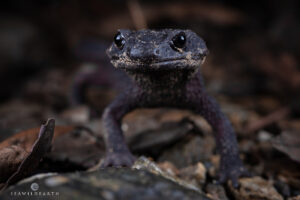Winter Wildlife Visitors to Okinawa
During the winter months in Okinawa we are treated to some incredible encounters with a stunning array of wildlife species, avian and marine.
Winter Wildlife Visitors to Okinawa: A Photographers Guide
Okinawa Island, with its subtropical climate and diverse ecosystems, is home to an array of fascinating wildlife year-round. From the elusive Habu Pit Viper (Protobothrops flavoviridis) lurking in the undergrowth to the critically endangered Okinawa rail (Hypotaenidia okinawae), the region’s biodiversity is both unique and fragile. As many of you would know from my past adventures that I tend to spend a large part of my time deep within the 'Yambaru' the dense green jungles of the northern regions of the island, a place I see as the 'green beating heart of Okinawa'. It is there, by night, that I encounter some of the amazing species, many of which are found nowhere else on Earth.
Andersons Crocodile Newt (Echinotriton andersoni) is one of my favorite species to encounter. Sadly it's conservation status is currently listed as 'Vulnerable' by the IUCN Red List with its habitat being threatened by poaching and encroachment from human development. Assigned the auspicious title of being a Living Natural Monument it can be found in damp leaf litter, hiding in craggy rocks, or in rotting fallen trees.
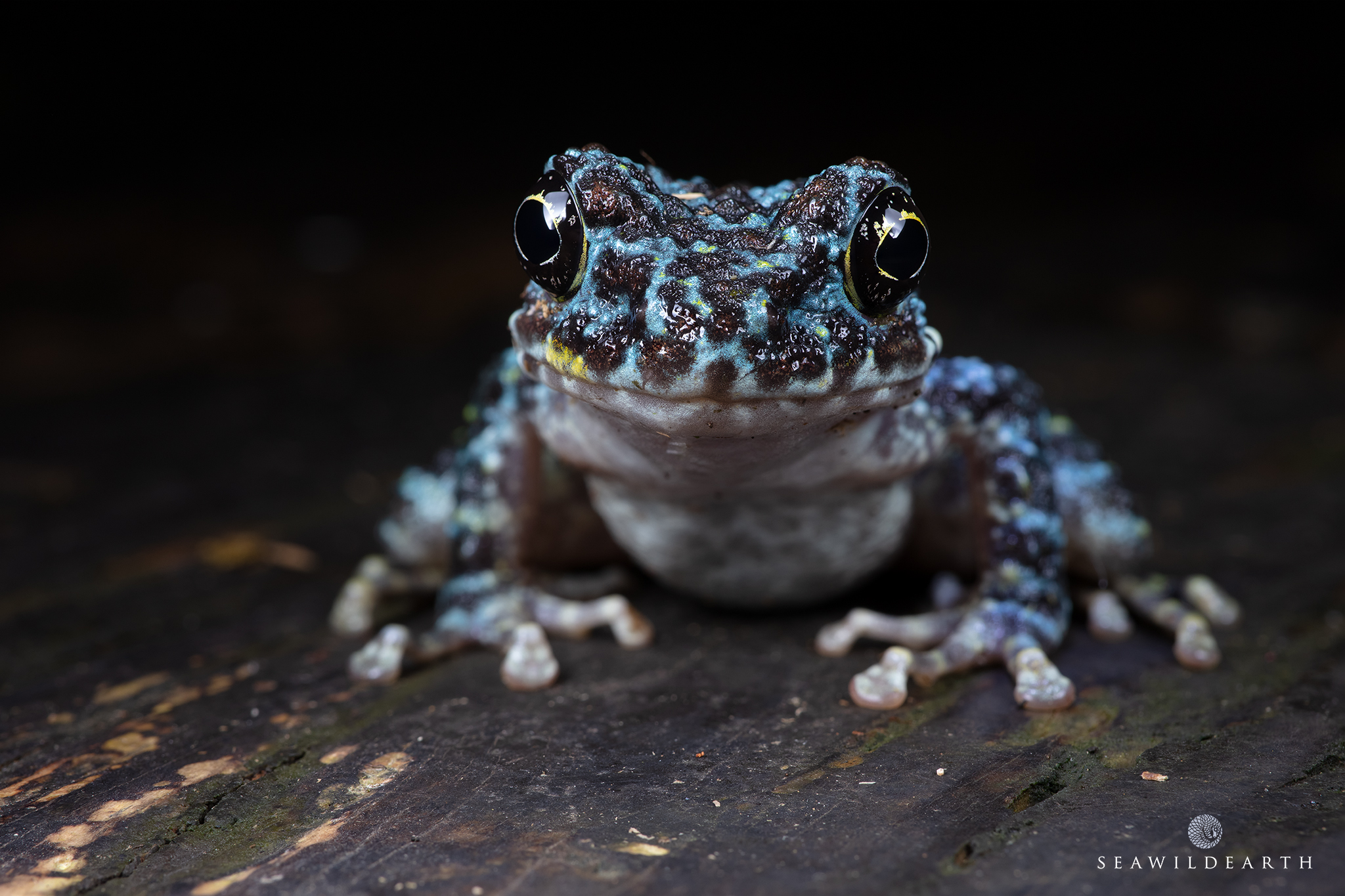
The Holy Grail of wildlife species within Okinawa, or at least one of them. The Blue Morph of Ishikawa's Frog.
Among Okinawa’s most elusive and beautiful amphibians is Ishikawa’s Frog (Odorrana ishikawae), often referred to as Japan’s most stunning frog. Endemic to the Ryukyu Islands, this species is renowned for its striking green and black marbled pattern, which provides excellent camouflage in the island’s forested streams. However, an even rarer variation exists—the highly prized blue morph, an exceptionally uncommon genetic variant that replaces the usual green coloration with a mesmerizing shade of sapphire. The blue morph of Ishikawa’s Frog is an extraordinary sight, making it one of the most coveted finds among herpetologists and wildlife photographers alike. Due to habitat loss and its limited range, Ishikawa's Frog is classified as near-threatened, further emphasizing the importance of conservation efforts to protect this remarkable species.
As winter sets in, Okinawa’s landscapes and seascapes welcome a striking contrast of seasonal visitors, offering fresh photographic opportunities and a unique perspective on the island’s dynamic ecosystem.
For the most part the winter wildlife visitors to Okinawa tend to be of avian fare. They are able to migrate here for the winter months for various reasons specific to their behavioral needs. To start with we will take a look at a globally dispersed species that has a unique way of capturing its prey items. This stunningly charismatic winter wildlife visitor to Okinawa is the Osprey, a globally distributed raptor that relies on the island’s abundant marine resources. Known for their exceptional fishing skills, these birds can be observed hovering above Okinawa’s coastal waters before plunging feet-first to snatch fish from the surface. Their impressive wingspan and piercing yellow eyes make them an iconic subject for wildlife photography, particularly in the backdrop of Okinawa’s crystal-clear blue seas.
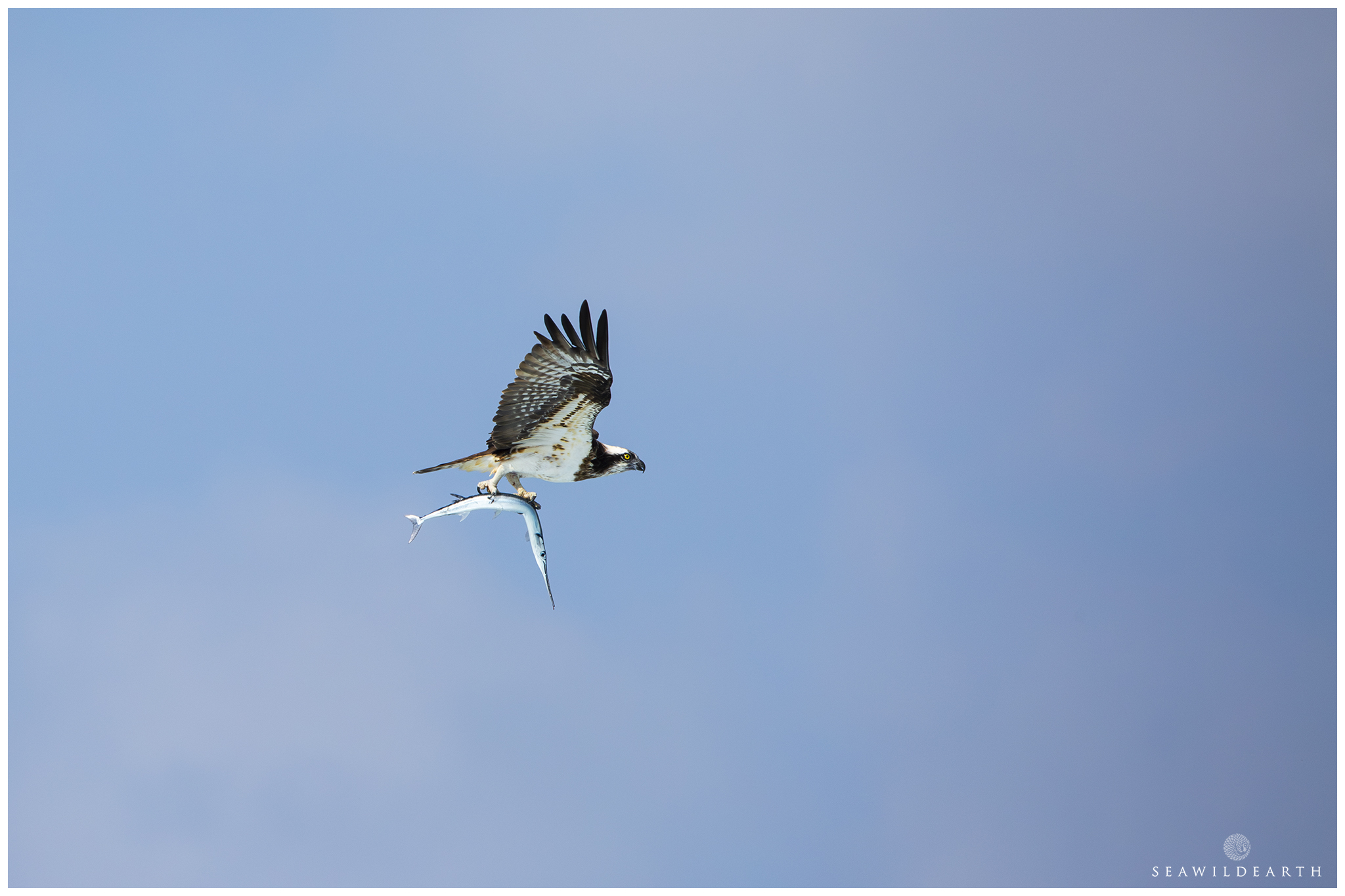
An Osprey with a needlefish lunch goes off to find a secluded and spot for lunch, no doubt with an Ocean view.
The Elegant Visitor: Black-faced Spoonbill in Okinawa
One of the most sought-after winter wildlife visitors to Okinawa is the Black-faced Spoonbill (Platalea minor). This striking wading bird, with its distinctive black facial markings and spoon-shaped bill, is one of the rarest spoonbill species in the world. During the breeding season, it inhabits the coastal wetlands of the Korean Peninsula and northeast China, but as temperatures drop, it migrates south to warmer regions, including Okinawa. The island’s rich estuaries and tidal flats provide an abundant supply of small fish and crustaceans, making it an ideal wintering ground for these birds. With fewer than 5,000 individuals left in the wild, the presence of this stunning looking bird in Okinawa highlights the island’s importance as a refuge for endangered migratory species.
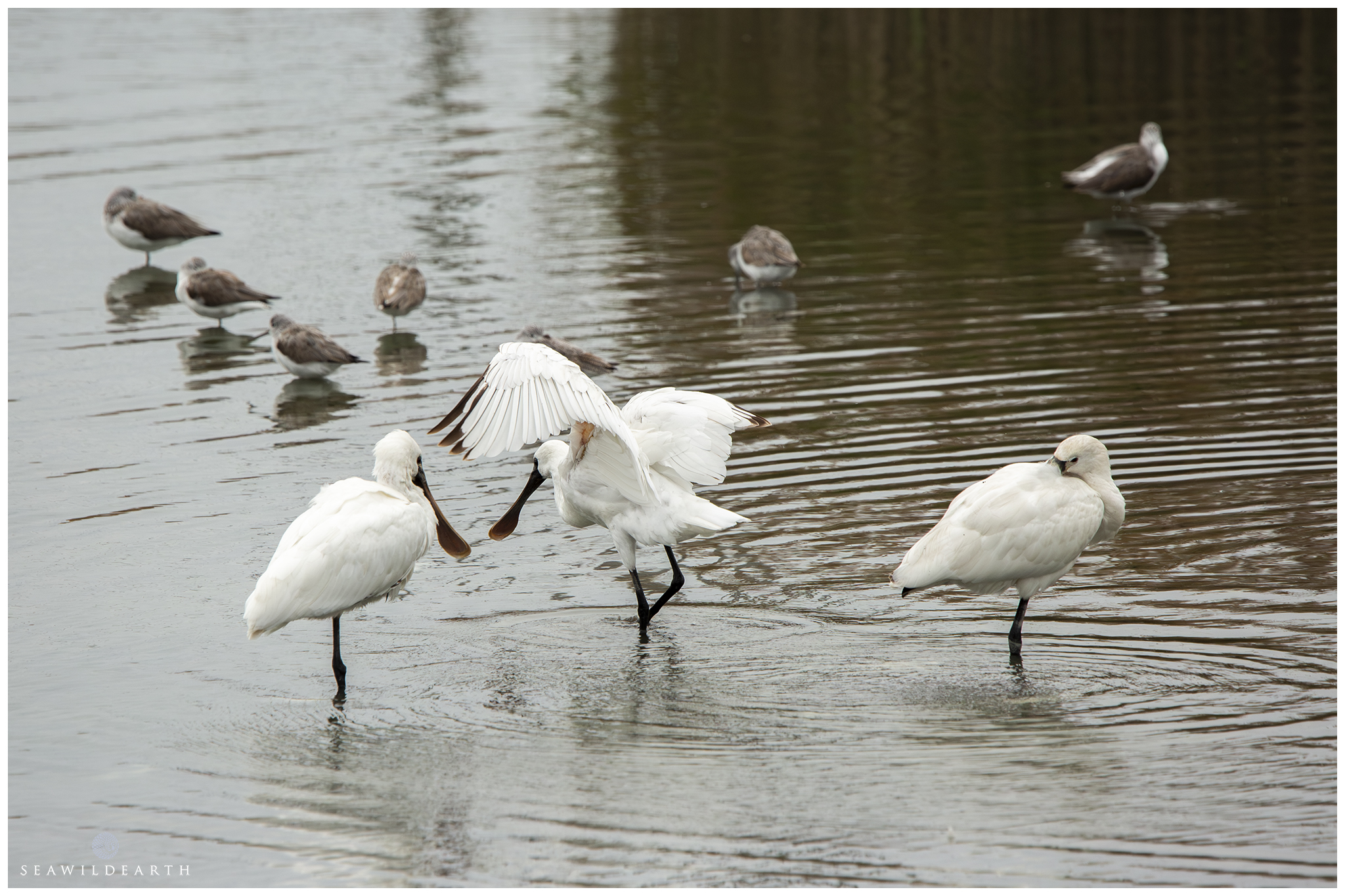
Black Faced Spoonbills are one of the highlights of the year for wildlife, photography and birding enthusiasts in Okinawa.
The First of two Raptors, the Japanese Sparrowhawk
The Japanese Sparrowhawk (Accipiter gularis) is a small yet agile bird of prey that visits Okinawa during the winter months as part of its migratory cycle. Breeding in the temperate forests of Japan, Korea, and parts of eastern China, this raptor travels southward to warmer regions like the Ryukyu Islands and Southeast Asia when temperatures drop. Okinawa’s mild winter climate and diverse habitats provide an ideal refuge, offering abundant prey and shelter. The island’s mix of secondary forests, coastal woodlands, and even urban green spaces create suitable stopover points for this migratory hunter, making it a relatively common sight between autumn and early spring.
As a skilled predator, the Japanese Sparrowhawk primarily preys on small birds, ambushing them in mid-flight with swift and calculated aerial strikes. It is known for its rapid wingbeats followed by sudden bursts of speed, often weaving through dense foliage with remarkable agility. While it prefers wooded areas and forest edges for hunting, it can also be spotted near open fields or even perched on telephone wires scanning for potential prey. The best places to observe this hawk in Okinawa include the Yambaru forests in the north, as well as coastal wetlands where migratory songbirds gather. Early morning and late afternoon are prime times to witness its hunting activity, as it takes advantage of the cooler hours to search for food.
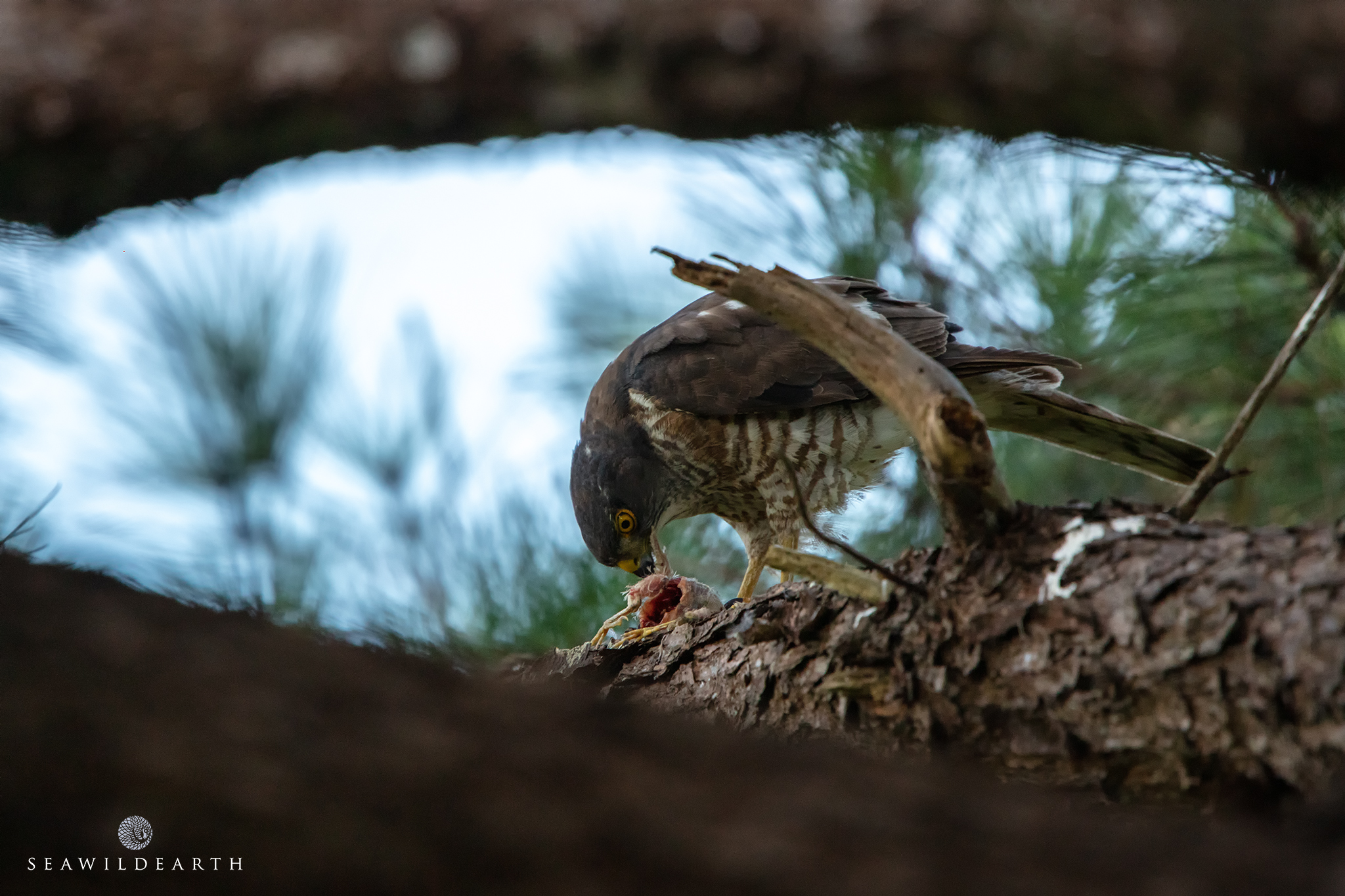
A Japanese Sparrowhawk with a freshly caught prey item. Photographed in the small thicket of pine trees at the Zakimi Castle grounds in Yomitan.
Eyes in the Sky, Scanning for Prey.
The Grey-faced Buzzard (Butastur indicus) is a migratory raptor that passes through Okinawa during its annual journey between its breeding and wintering grounds. These medium-sized hawks nest in the forests of Japan, Korea, and parts of northeastern China before heading south to Taiwan, the Philippines, and Southeast Asia for the winter. While some individuals continue their migration further south, many use Okinawa as a temporary stopover or even a seasonal refuge. The island’s mosaic of open fields, river valleys, and forest edges provides an ideal habitat where they can rest and hunt before resuming their travels. Their presence peaks in autumn and early winter, making them a familiar sight soaring over rural landscapes or perched along roadside trees.
Unlike the high-speed aerial hunts of smaller hawks, the Grey-faced Buzzard employs a more patient hunting strategy, often perching motionless for long periods before launching a surprise attack on its prey. It primarily feeds on small mammals, reptiles, and large insects, favoring grasslands and agricultural areas where such prey is abundant. Birdwatchers can spot them scanning the ground from low perches such as utility poles or treetops, especially in the early morning and late afternoon when hunting activity is at its peak. The best locations to observe these buzzards in Okinawa include the rice fields and open country of the Nakijin and Kin areas, where they often glide effortlessly in search of food, occasionally forming loose flocks during migration.
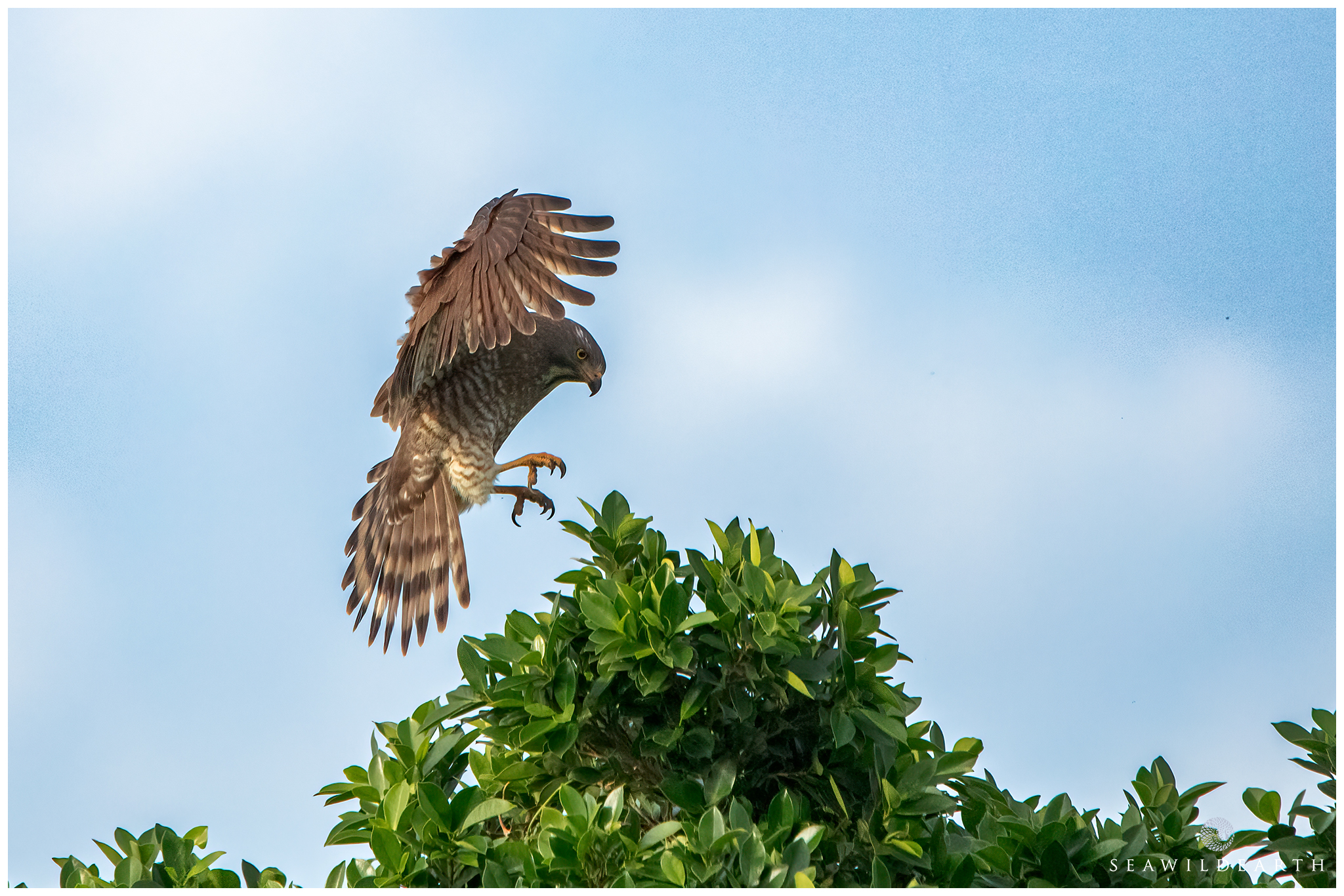
Grey Faced Buzzards can be seen sitting atop vantage points overlooking grasslands and farmlands for potential prey.
The Ocean’s Giant: Humpback Whale Migration through Okinawa Waters
Undoubtedly, the most awe-inspiring of all winter wildlife visitors to Okinawa is the Humpback Whale. These massive marine mammals migrate from the frigid feeding grounds of the North Pacific to the warm, sheltered waters around Okinawa to breed and give birth. From late December through March, the island’s coastal waters become a nursery for these gentle giants, offering unparalleled opportunities to witness their acrobatic breaches, tail slaps, and hauntingly beautiful songs. During these months I am invariably found sitting precariously on the rocky outcrops close to the Cape Zanpa region of southern Okinawa. This popular tourist hotspot, due to its picturesque lighthouse, also happens to be probably the best terrestrial view point to encounter and photograph these amazing creatures. At times the whales will also put on a great display within very close distance to the onlookers along this area. Truly majestic.
For those eager to experience these majestic creatures up close, numerous responsible tour operators provide safe and ethical snorkeling excursions. Observing Humpback Whales in their natural habitat is a profound experience, and ensuring minimal disturbance to them is paramount. As a dedicated wildlife photographer and guide, I will be offering specialized winter species imaging tours starting in early 2026. These excursions will provide photographers and nature enthusiasts with the chance to capture stunning images of Okinawa’s seasonal visitors while adhering to ethical wildlife-watching practices. With so many incredible species to observe, far more than can be covered in a single blog post, I encourage readers to explore my YouTube channel for additional insights into Okinawa’s diverse wildlife.
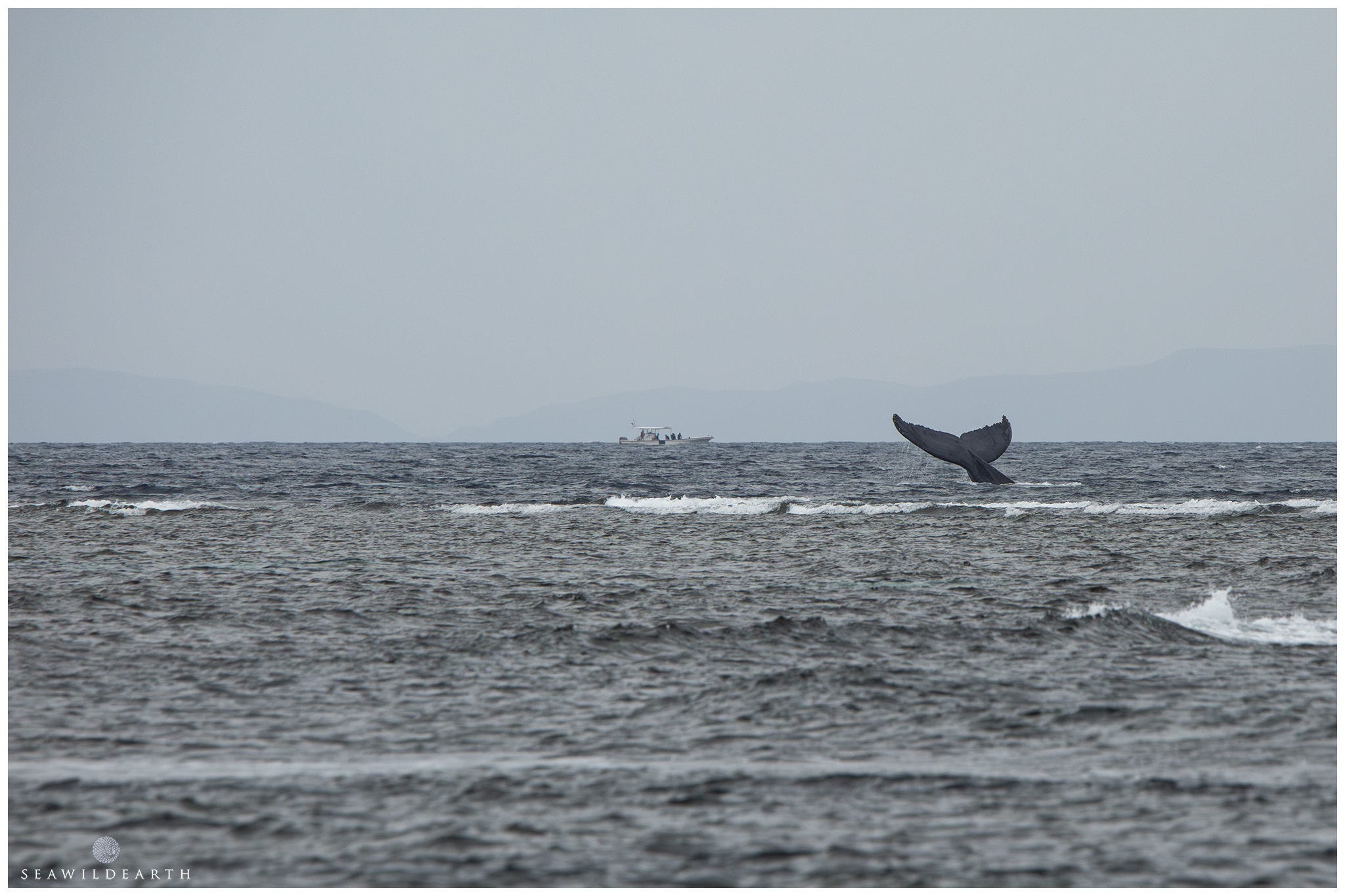
Watch out for more imagery and blog posts about my imaging endeavors with these incredibly sentient beings as we head through their migration presence here in Okinawa.
Witness the Winter Spectacle
The arrival of winter wildlife visitors to Okinawa transforms the island into a hub of seasonal biodiversity, attracting birdwatchers, nature lovers, and wildlife photographers alike. From the delicate elegance of the Black-faced Spoonbill to the sheer power of the Humpback Whale, each species adds to the vibrant natural tapestry of the region. As 2026 approaches, I invite you to join me in experiencing and documenting these spectacular migrations through exclusive imaging tours designed to showcase Okinawa’s winter wonders. Watch for booking details soon, and prepare to witness one of nature’s most incredible seasonal transformations.
"Wherever you go, go with all your heart".
Confucius - Chinese Philosopher
About the Author
Internationally recognized as a provider of quality mixed media Mark Thorpe is always on the search for captivating content.

Photographer / Cameraman
Mark Thorpe
Emmy Award Winning wildlife cameraman and Internationally published landscape photographer Mark Thorpe has been an adventurer since he could walk! Spending 17yrs as an Underwater Cameraman at the start of his imaging career the highlight of which was being contracted to work with National Geographic. In that role as a field producer and cameraman he's been privy to a mixed bag of hair raising adventures. For some reason he was always selected for projects relating to large toothed marine predators such as Great White and Tiger Sharks, Sperm Whales and Fur Seals. Additionally he has also been active within Southern Africa on terrestrial projects dealing with a wide array of iconic wildlife.
Currently based in Okinawa, Japan he's always on the lookout for his next big adventure. He shares his exploits online with a totally organic social audience. Sponsored by a number of photographic industry manufacturers he is constantly scouring the islands for captivating landscape and 'Oceanscape' compositions. Videography wise he continues to create short form content to promote the diversity of wildlife within the Okinawa prefecture as well as a growing lean towards matters of conservation and responsible environmentalism.
With a comprehensive kit bag and a strong desire to promote responsible Ocean tourism Mark is available globally for commissions by resort entities looking for a dynamic and fresh revitalizing upgrade to their promotional media. Adept in Ocean related imaging, landscape, portrait and product photography along with his proven grounding in video applications he has been instrumental in the provision of promotional media for numerous travel and tourism related clients through the years. Having also been commissioned by discerning private sector clientele to document their private travel adventures this adds a further option for those looking for that truly unique imaging option for their travel experience of a lifetime.
Please feel free to reach out with your requests via the no-obligation contact form on this site.

